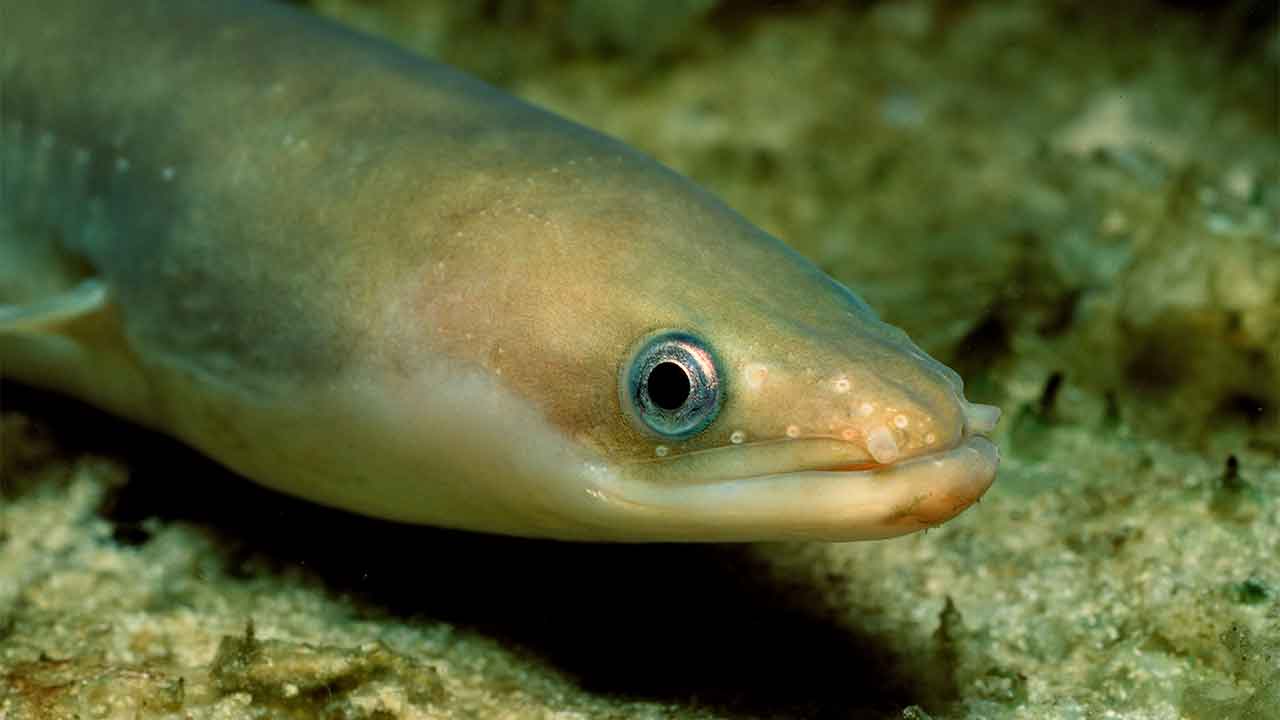It took scientists 100 years to track these eels to their breeding ground

The life of a European eel isn’t an easy one. They’re critically endangered, must travel up to 10,000 km to get to their spawning point and then when they get there they probably die.
But they’re also incredibly difficult to keep track of. In the 1920s a Danish biologist named Johannes Schmidt, discovered the Sargasso Sea – due east of North America – had eel larvae. He spent the next 20 years trying to confirm his finding. But in the century since, researchers have been unable to sample either eggs or spawning adults.
Now, a team from Europe has published a paper in Scientific Reports that shows the first direct evidence of adult European eels migrating to the Sargasso Sea to breed. This provides vitally needed information on the life cycle of these slippery suckers.
“The European Eel is critically endangered, so it is important that we solve the mystery surrounding their complete life-cycle to support efforts to protect the spawning area of this important species,” says project lead Ros Wright from the UK Environment Agency.
“This is the first time we’ve been able to track eels to the Sargasso Sea … Their journey will reveal information about eel migration that has never been known before.”
The team attached satellite tags to 26 female eels that were in rivers in the Azores archipelago – an autonomous region of Portugal in the North Atlantic Ocean – and then waited.
When tracking had been done before in areas within Europe, like the Baltic and North Sea, the migratory routes were tracked up to 5000 kilometres, but the tracking had not gone for long enough, and the eels were heading in the right direction, but never made it all the way to the Sargasso Sea.
“The data from the tags were used to identify migratory routes that extended up to 5000 km from release, and which suggested routes taken by eels migrating from different countries converge when passing the Azores,” the team wrote in their paper.
“However, although eels were tracked for six months or more, their migration speed was insufficient to reach the Sargasso Sea for the first presumed spawning period after migration commenced, prompting the hypothesis that the spawning migration period of eels may extend to more than 18 months.”
So, the team went directly to Azores to try and get the last leg of the journey, tracking 26 of the female eels with ‘X tags’. These collect data every two minutes and when the tag releases from the eel and bobs to the surface it then connects to the ARGOS satellite. Of course, not every single one worked. Only 23 tags communicated with the system; two became detached from the eels within a week. But the remainder provided a wealth of data to the team.
Average migration speed was between 3 and 12 kilometres a day, and they were tracked from 40 days all the way to 366 days. Five of the eels ended up in within the Sargasso Sea boundaries while one eel made it all the way to the presumed breeding area Schmidt discovered those many years before.
This isn’t the first time that eels have been tracked in this way. A study published last year, also in Scientific Reports, which Cosmos covered at the time, looked at the spawning migrations of the Australasian short-finned eel. They found that the eels travelled for five months, around 2,620 km from south-Eastern Australia, as far north as the Coral Sea in Northern Queensland.
The researchers in the European eel case still have much to do. The eels didn’t move fast enough to be able to make it to the spawning period on time, which means we still don’t really understand the life cycle.
“Rather than make a rapid migration to spawn at the earliest opportunity, European eels may instead make a long, slow spawning migration at depth that conserves their energy and reduces mortality risk,” the team wrote.
There’s also questions of what mechanisms the eels use to be able to correctly navigate to the Sargasso Sea. As usual in science, one answer has led to plenty more questions.
This article was originally published on Cosmos Magazine and was written by Jacinta Bowler.
Image: Getty Images
